Chhau dance is an eastern Indian dance style that recreates scenes from epics such as the Mahabharata and Ramayana, as well as local folklore. Chhau dance is very significant with regional celebrations, especially Chaitra Parva in the spring. It takes its inspiration from indigenous dance and martial arts. Mock combat techniques, stylized gaits of birds and animals, and motions modeled after village housewives’ duties are all part of its dance language.
Chhau Dance mixes aspects of martial arts, acrobatics, athletics into its movements. Eastern India‘s predominant dancing tradition is chhau. It’s common in eastern India’s tribal belt, which straddles the provinces of Orissa, Jharkhand, and West Bengal.
Variety In INDIA
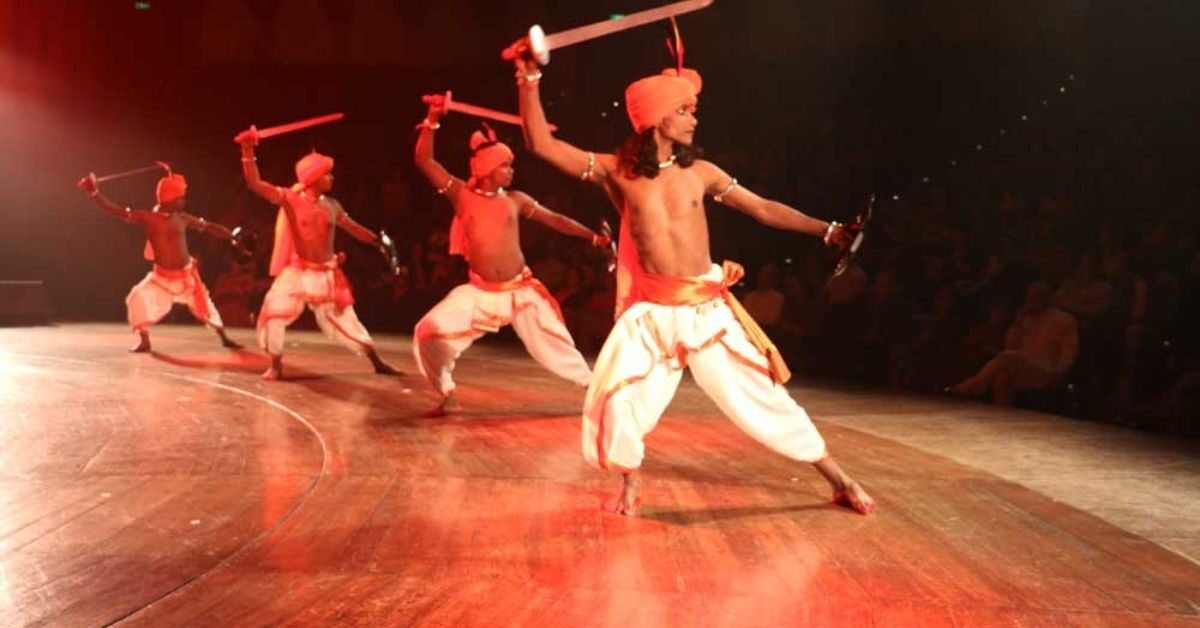
Seraikela Chhau is a famous dance in the Seraikela Kharsawan district of Jharkhand, in which the dancers wear masks over their faces. The dancers concentrate on using their body movements to depict their Rasa (emotions) and Bhava (spiritual qualities) (mood). Two of these moves are Siro Bhedo (head gesture) and Griba Bhedo (neck gesture). Drishti Bhedo, on the other hand, is completely ignored (movements of the eye and glances). Chhau Dance was classified as an intangible cultural heritage of India by UNESCO in 2010.
Purulia Chhau
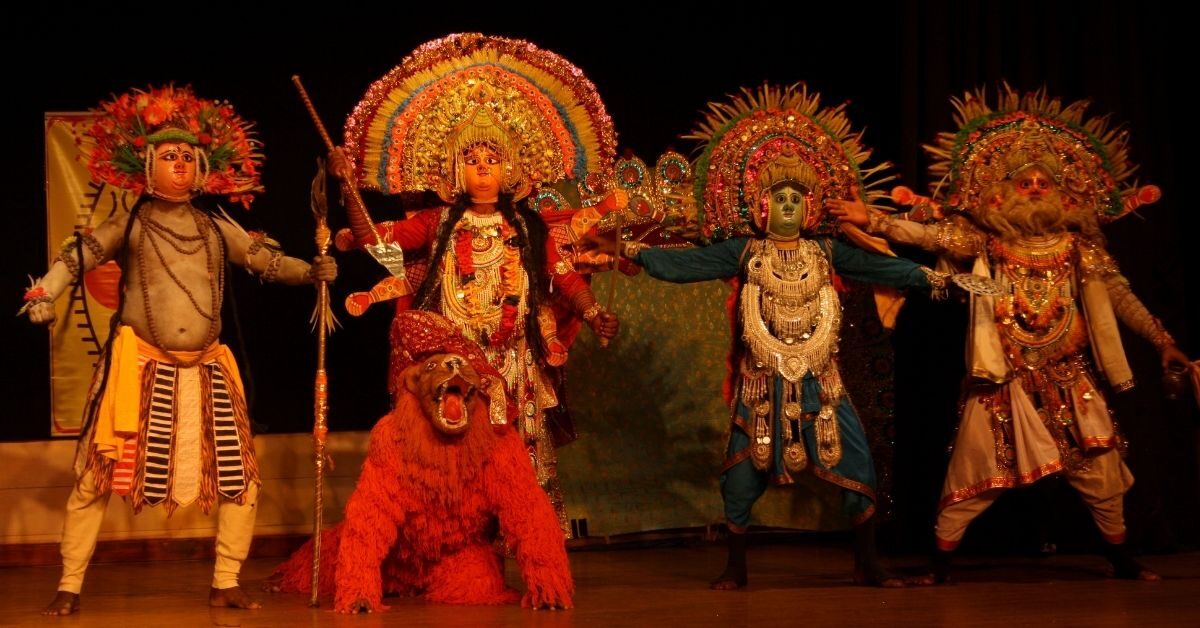
Purulia Chhau is possibly the best well–known due to its lively and dramatic qualities. Its ferocious qualities are depicted in a set of Asura masks, which are painted vivid green and red and have a terrible countenance. It hails from West Bengal’s Purulia district.

Mayurbhanj Chhau:
A dance from the Odisha district of Mayurbhanj, it has its own set of methods. It differs from other varieties of dance without the use of masks.
Masks are an important feature of Seraikela and Purulia dances. Because it is very significant to the rituals of the spring festival Chaitra Parva, Chhau dancing plays an important role in its celebration. The basic language of Chhau dance includes Khel, chalis, topkas, and uflis.
Dance, music, and mask-making knowledge are common. It takes place all night in an open space called an akhada or asar. Before performing the dance, the dancers bathe and do Puja to retain the sacredness of the performance. Varied body movements, including movements of the masks’ peaks, are used to depict the dance’s various moods. The movements of the mask represent wrath, while the movements of the shoulder and chest represent joy, depression, and courage.
Cultural Importance
It is usually at night in an open space with ‘Mashaal’ (fire poles) surrounding the dance arena to give light. All dancers wear masks, which are of clay and paper.
The majority of Chhau’s rhythms are traditional and are thus played on Madhuri and various types of drums. The drum, on the other hand, is an integral part of the Chhau dance. The drums are used to invoke Lord Ganesha at the start of the dance. Following the invocation song, a slew of musicians and drummers begin pounding on the Dhol and Dhamsa. The character of Lord Ganesha appears on the ground to the tunes of this music, followed by other characters such as gods, devils, animals, and birds.
The Chhau Dance is a vibrant performance. Its costumes primarily consist of yellow, deep green, or crimson pajamas worn by dancers portraying gods. Demons dress in dark black loose-fitting trousers. Stripes of opposing colors are occasionally utilized to make the costumes more appealing.
This eastern Indian dance is one of the most intriguing dance forms in India.
Although in its early stages of development, the Chhau Dance was the style of dance of the Jain and Buddhist civilizations. Only then, it was in a heavy influence of tales from the Ramayana and Mahabharata epics. Occasionally, though, stories from the Indian Puranas are used. A dancing genre that gained popularity in military barracks, today, has evolved religious as well as secular aspects and has become a part of India’s invaluable cultural heritage over time.
Follow India Chalk on Instagram for more amazing travel content. You can share your travel story with us. Reach out to us on email at contact[at]ndiachalk[dot]com. This blog is curated by India Chalk and written by Aryaki M.
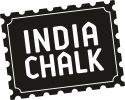
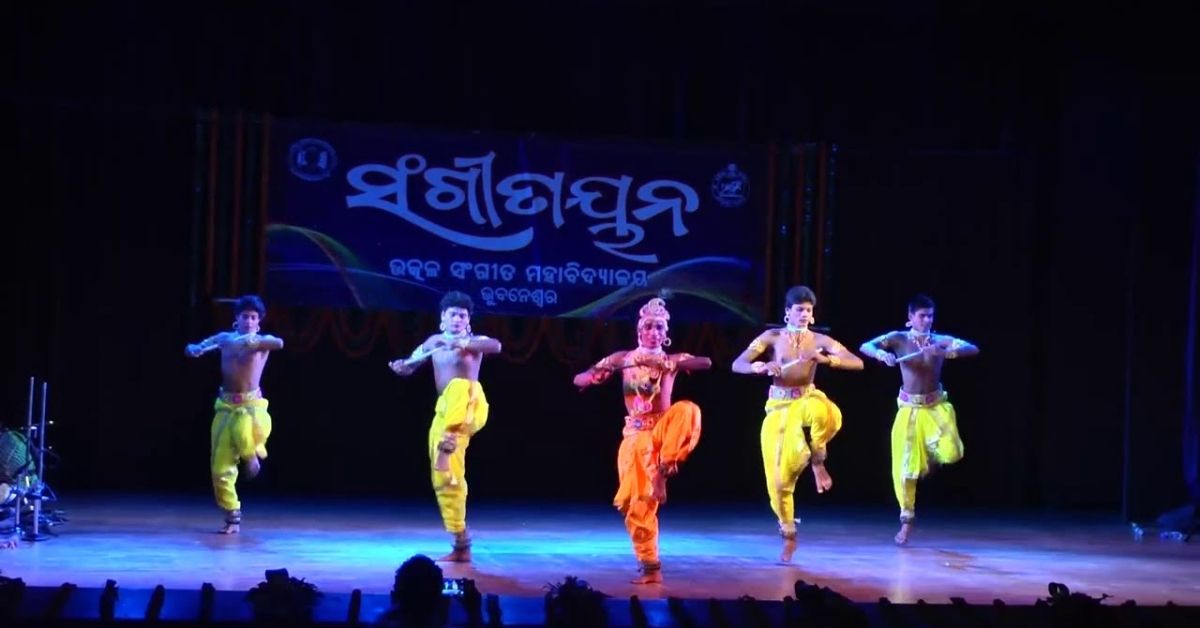
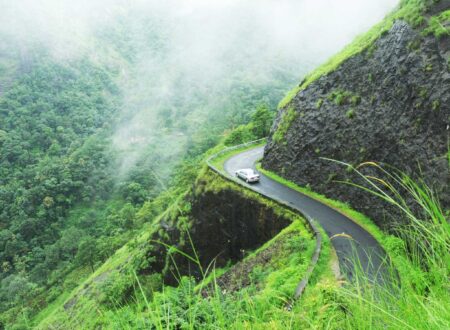
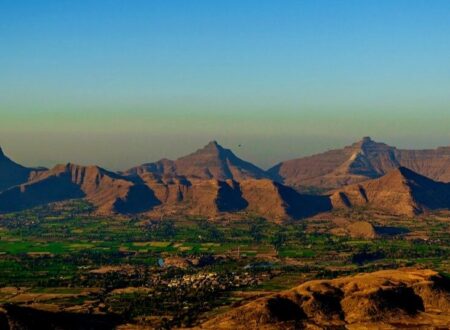
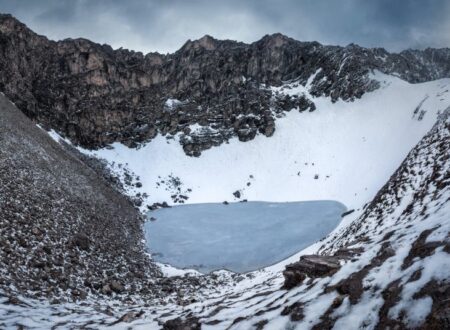
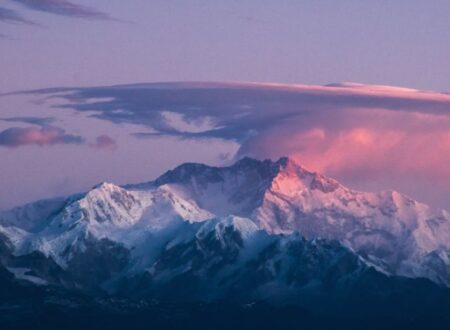
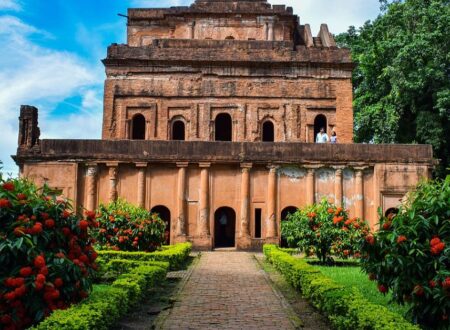
1 Comment